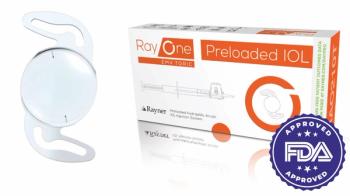
ThromboGenics treatment for symptomatic VMA approved
Health Canada has cleared ThromboGenics NV’s treatment for symptomatic vitreomacular adhesion (VMA).
Leuven, Belgium-Health Canada has cleared ThromboGenics NV’s treatment for symptomatic vitreomacular adhesion (VMA).
Canada is now the first market where the drug, ocriplasmin (Jetrea), is approved outside the United States and Europe.
ThromboGenics’ partner, Alcon Laboratories, holds the commercial rights to the drug outside the United States and Europe. It launched the drug in the United Kingdom-its first European market-in April, followed by launches in Germany, Denmark, Finland, Norway, and Sweden.
ThromboGenics is commercializing the ocriplasmin in the United States and launched it in mid-January 2013, where it is approved for the treatment of patients with symptomatic VMA.
The drug contains the active substance ocriplasmin and is administered through a one-time, single intravitreal injection to treat adults with vitreomacular traction. It can also be used when symptomatic VMA has progressed and caused a small hole in the macula.
“The Priority Review approval of (the drug) in Canada, the first market outside the United States and Europe, is further evidence that all stakeholders are committed to making this first pharmacological drug available quickly to as many patients as possible,” said Patrik De Haes, MD, chief executive officer of ThromboGenics. “Symptomatic VMA is increasingly being recognized as an important sight-threatening condition that can lead to distorted vision, and even central blindness.
“Canada is an important market and . . . we are looking forward to announcing further approvals of (the drug) in other markets shortly,” he said.
For more articles in this issue of Ophthalmology Times eReport,
To receive weekly clinical news and updates in ophthalmology,
Newsletter
Don’t miss out—get Ophthalmology Times updates on the latest clinical advancements and expert interviews, straight to your inbox.






















































.png)


